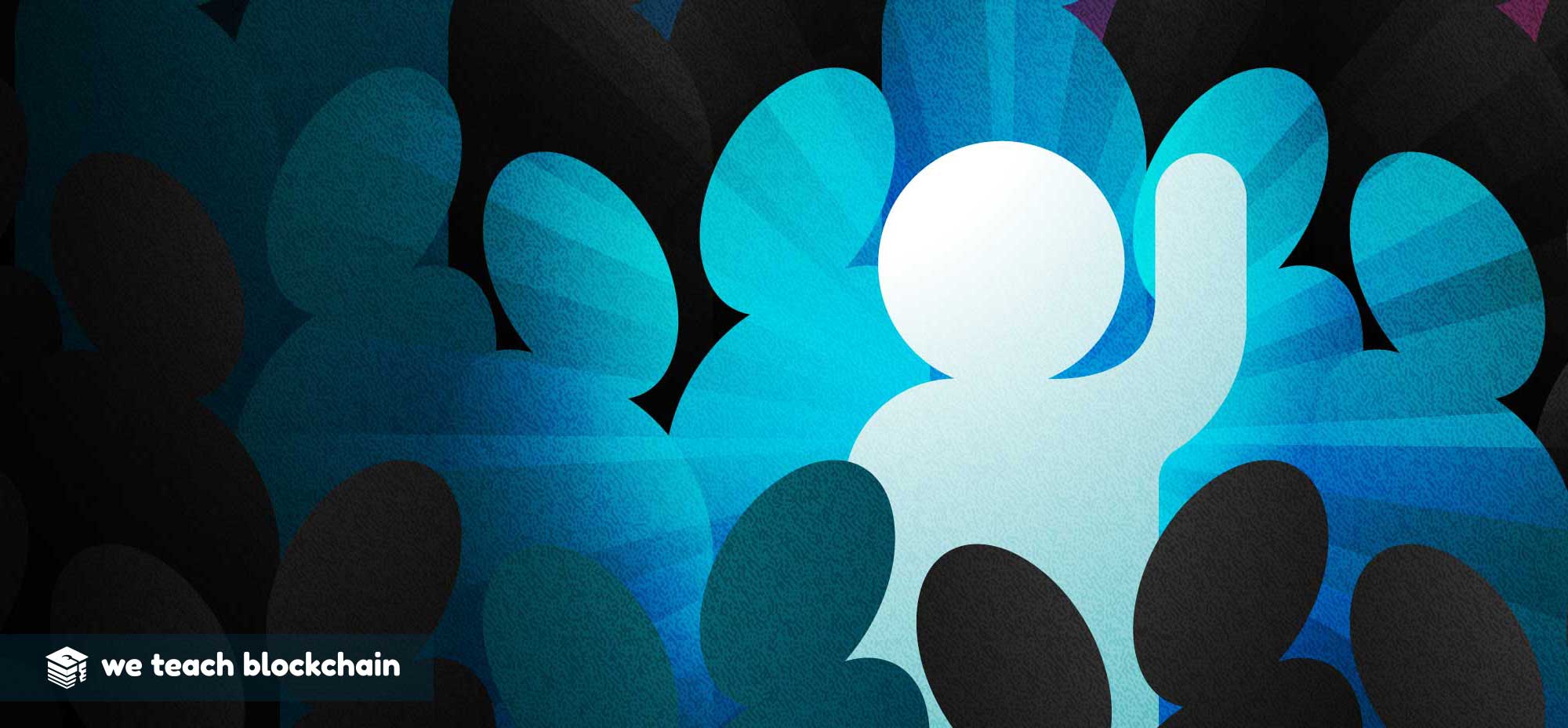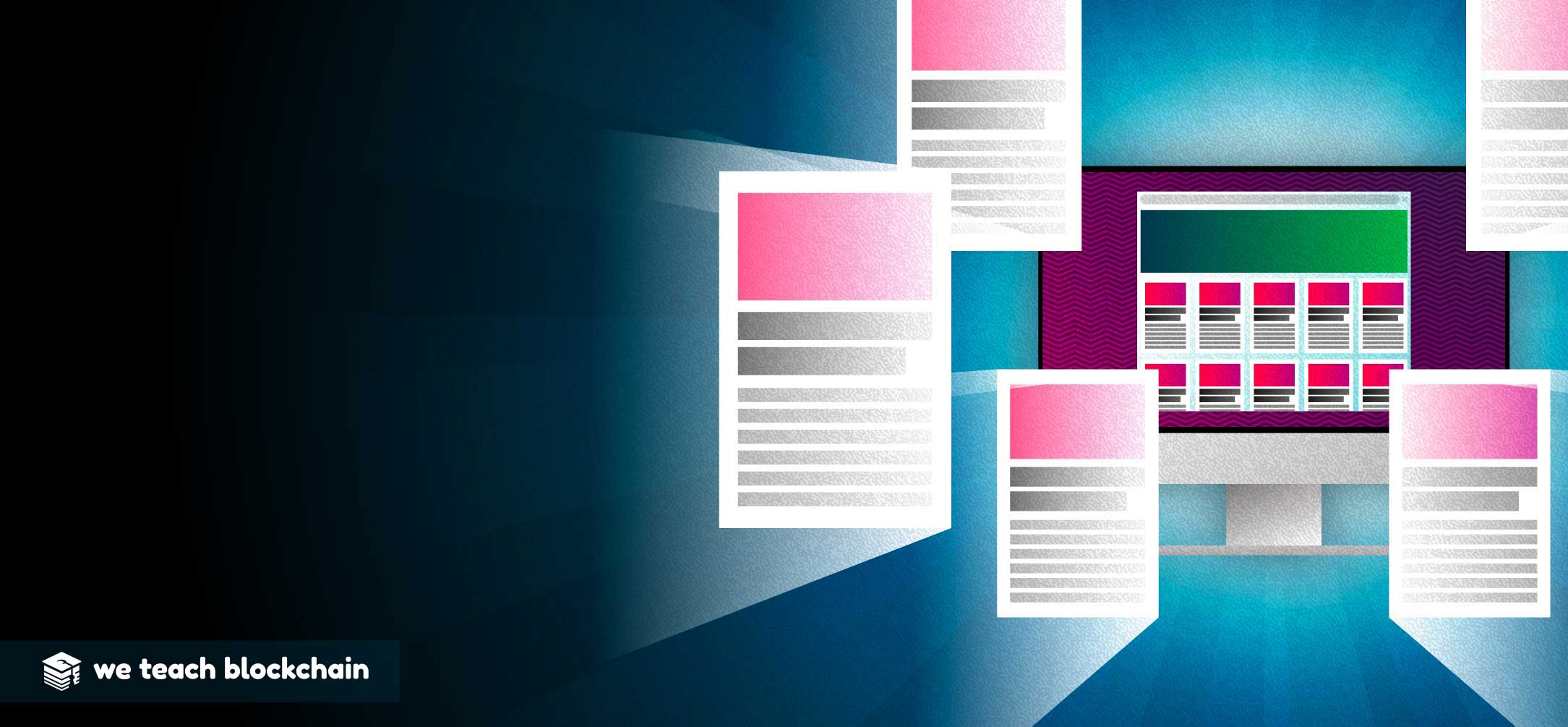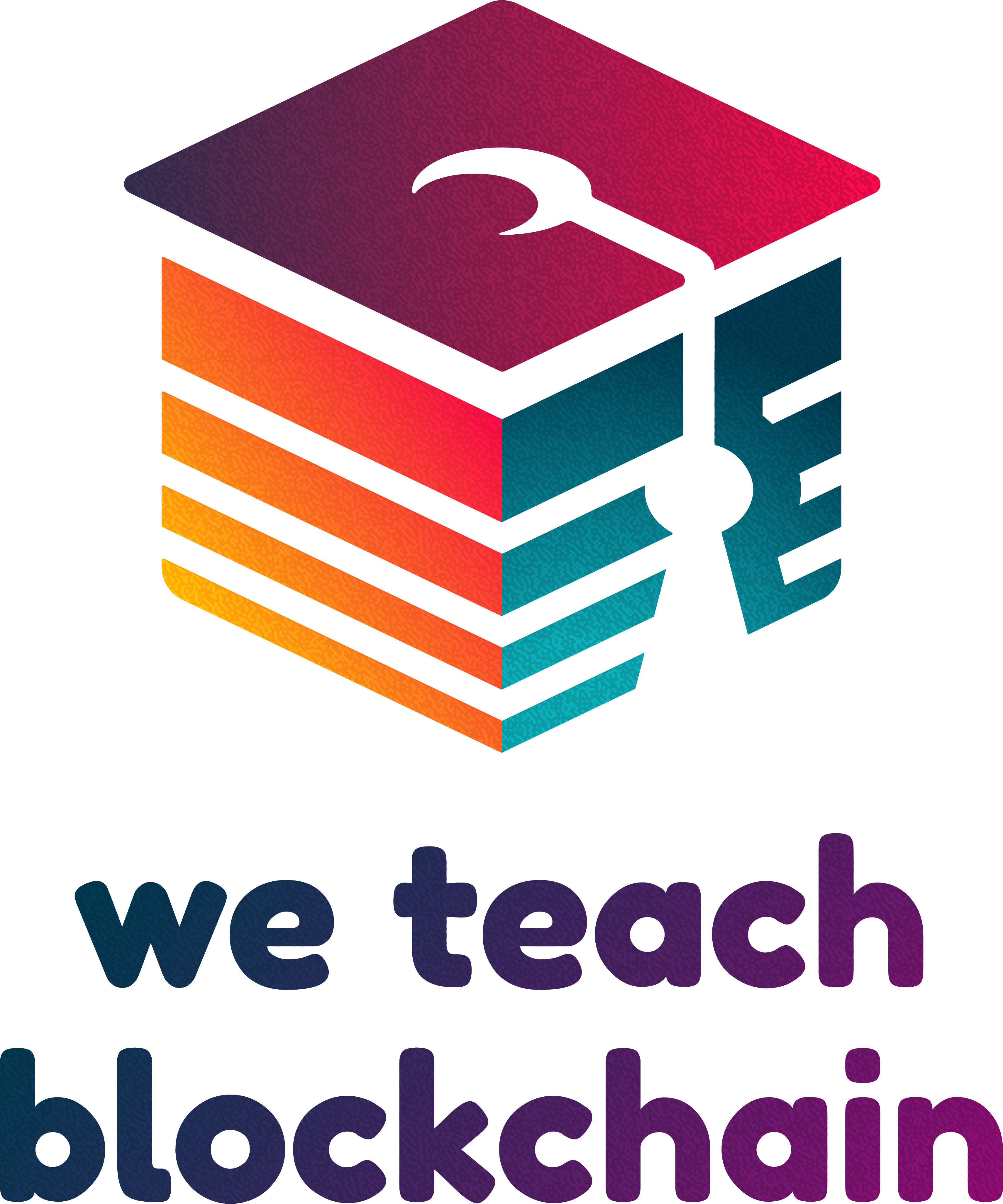For the sake of this course, we’ve mostly focused on IPFS since it’s easy to visualize what’s happening, but there are a number of players entering the decentralized storage space. Each of them have chosen to accomplish this goal in slightly different ways. Generally, the framework for a decentralized storage network can be summarized as shown below.

Maidsafe
While it's not a blockchain, the MaidSafe project has been working on decentralized storage longer than anyone. Their system uses an entirely new protocol and they've been developing it for the better part of the last decade. It's not certain whether this will ever come to fruition, but it's certainly worth looking into. You can find Maidsafe's website here.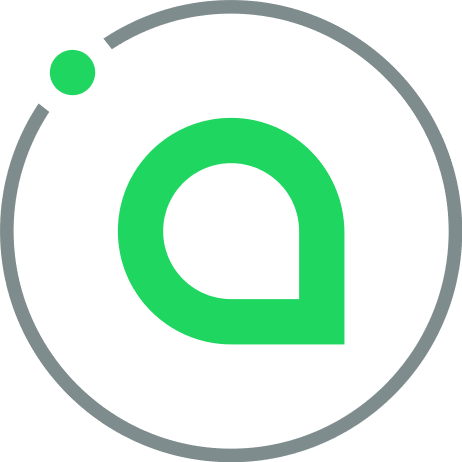
THE ETHEREUM ECOSYSTEM
The Ethereum Blockchain, launched in 2015, offers the ability to run Smart Contract code on the decentralized network of mining computers. Just as these decentralized applications require decentralized storage, they also provide a uniquely flexible framework for managing storage nodes and accountability.

Swarm
Ethereum's flagship storage solution runs on top of the existing smart contract infrastructure, but uses an additional proof of custody operation to scan and repair data over time when needed. Rather than use a new protocol such as IPFS, Swarm offers federated HTTPS endpoints to allow users to make calls to a familiar API interface and upload and download files. While Swarm is not yet fully operational, you can try out their command line utilities in a simulated environment here.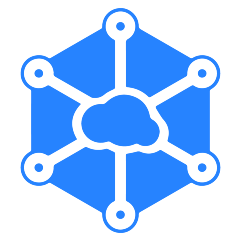
Storj
As with Swarm, Storj utilizes the existing Ethereum Blockchain and it's proof of work algorithm to track fulfillment of storage contracts over time. Smart contracts are used to establish the terms of the storage agreement, but the payments are routed through a centralized entity such as the Storj Labs network authority. As the network develops, it is expected that more payment authorities will be added and thus federate the control of the network. Storj has recently announced compatibility with Amazon's S3 storage solution, which may provide a substantial boost in adoption as it hits the market in 2019. Check out the Storj website for more information.OTHER

The TOR Project
The TOR Browser is one of the oldest privacy tools on the internet, dating back to the early 2000s. A recent protocol innovation from their research arm, Tahoe LAFS, promises additional security in a similar solution to Filecoin's proposed Proof of Spacetime. See More HereCongratulations, you’re now a decentralized storage aficionado. As always, please feel free to contact us if you’re interested in more content related to this topic, or if there’s anything we can do to clarify the lessons explained in this course. Happy #buidling!
We’re here to help. If you have any questions or feedback about this course please email us at [email protected] - we’d love to hear from you!


